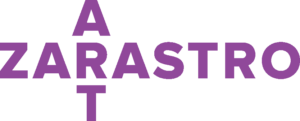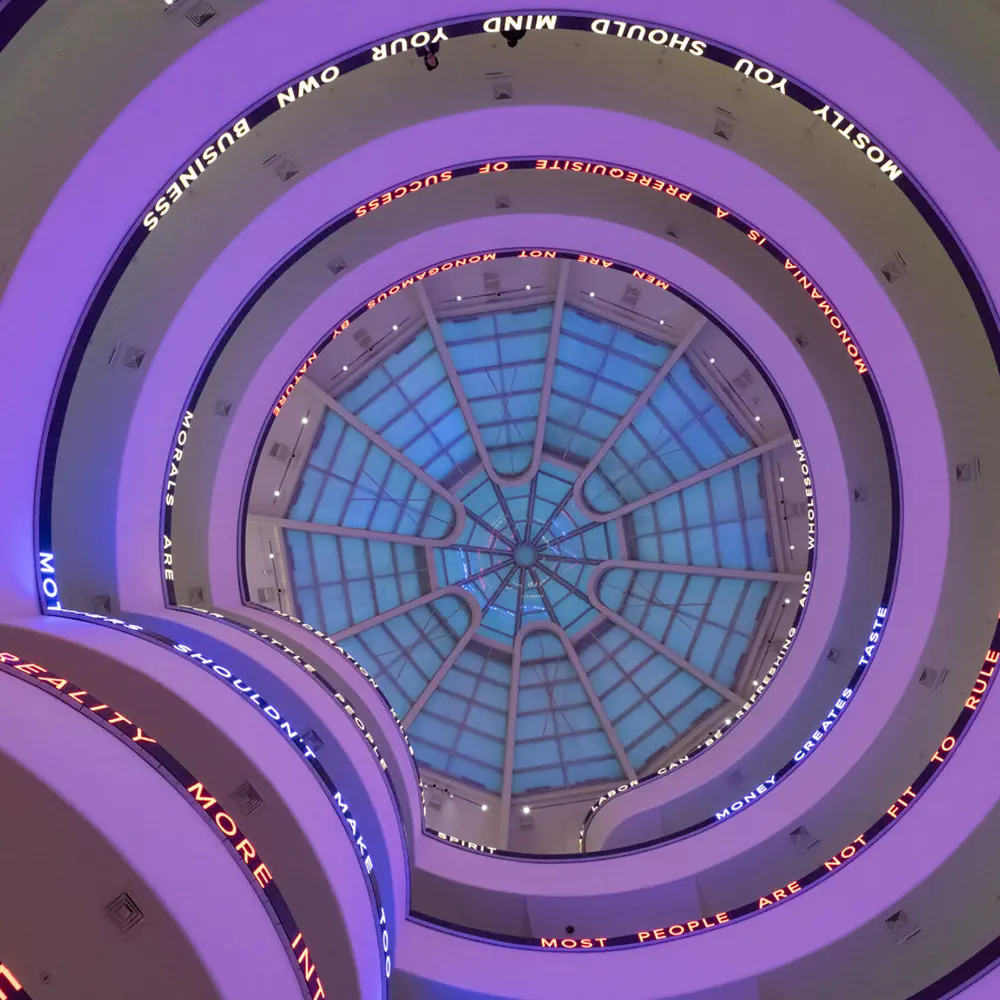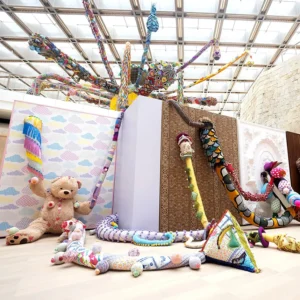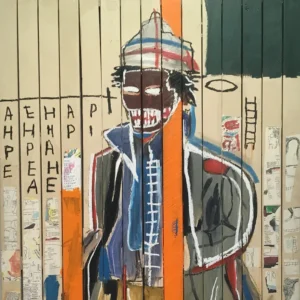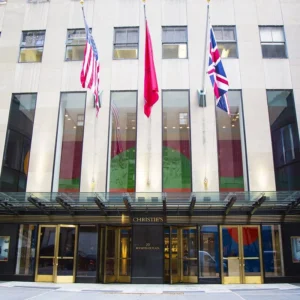Jenny Holzer’s iconic LED sign, first showcased at the Guggenheim Museum in 1989, returns in a reimagined exhibition: Jenny Holzer: Light Line. The original display, then the longest LED installation worldwide, illuminated the museum’s rotunda with dynamic messages. The updated version builds on this, employing extended text displays to enhance Frank Lloyd Wright’s architectural gem.
The exhibition features a variety of Holzer’s works from the 1970s to the present, including paintings, works on paper, and stone pieces, in addition to the LED sign. In fact, the exhibition treats the entire museum as an installation. Visitors encounter her thought-provoking messages in unexpected places throughout the museum, echoing the spontaneous encounters one might have with her art on city streets. These messages delve into themes such as social justice, war, and women’s rights, appearing on various mediums including posters, benches, and even within the museum’s restroom.
Holzer’s texts, spanning from the late 1970s to 2001 and re-sequenced for the new installation, address a wide array of topics. These include everyday injustices, philosophical musings, and humorous observations. Her recent non-electronic works continue to focus intensely on threats to democracy.
The exhibition features a dynamic sign alternating between retro dot-matrix fire and modern sans-serif fonts, evoking a sensation of “drinking the words,” according to curator Lauren Hinkson. Alongside, Jenny Holzer’s “Cursed” showcases 296 elements stamped with Trump’s tweets, forming a toxic heap. Polished stone fragments and a black granite sarcophagus with AIDS-related text add ancient and solemn tones.
Seven gold-leafed canvases display frantic messages from Trump’s inner circle during the Capitol assault, culminating in Trump’s response “I got the base FIRED UP.” Holzer collaborates, integrating her “Truisms” and “Inflammatory Essays” with personal testimonies, including a message to Trump in gold leaf. Her collaborative studio approach favors artist books over traditional catalogs, signaling a shift in presentation.
Jenny Holzer and her studio team have also delved into the fusion of art and artificial intelligence in recent works. In “Slaughterbots” (2024), they utilize AI to create geometric abstractions questioning AI reliability and accountability for potential harm.
“Optimism is not my specialty,” says Holzer, freely conceding during a recent conversation at her river-facing Brooklyn studio, where one work after another bore witness to extrajudicial incarceration, “enhanced interrogation,” and other governmental malfeasance. Her motivating question now, she said, is “how to represent lethal conflict” both in the United States and abroad.
Born in 1950 in Ohio, Holzer holds a BFA from Ohio University and an MFA from the Rhode Island School of Design. Holzer’s artistic journey began with an exploration of language’s role in shaping personal and political meanings within Western culture’s consumer-oriented society.
Holzer anonymously spread bold statements in late 1970s New York City. In the 1980s, she expanded to electronic signs in places like Times Square and Piccadilly Circus, while also creating benches and sarcophagi reflecting on the AIDS crisis.
Her art has graced global locations, including Florence’s Arno River, Rio de Janeiro’s cityscapes and oceans, San Diego’s beaches and mountains, and buildings worldwide. Recently, she has returned to incorporating government documents, silkscreening them on oil-painted backgrounds to condemn brutality and military actions. The artist has won many honors, such as the US State Department’s International Medal of Arts in 2017 and the Leone d’Oro at the Venice Biennale in 1990.
Holzer’s enduring message to viewers is simple: just read the art.
